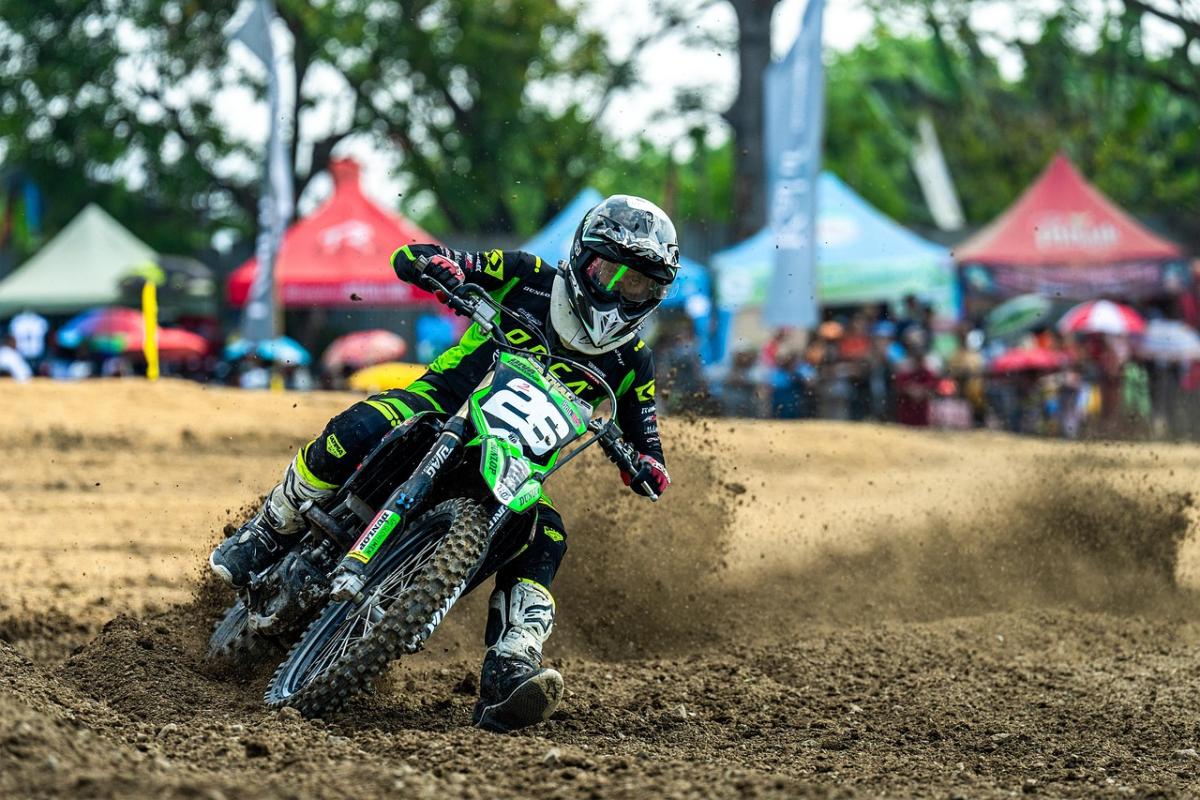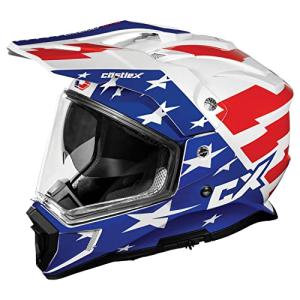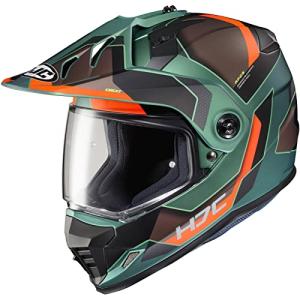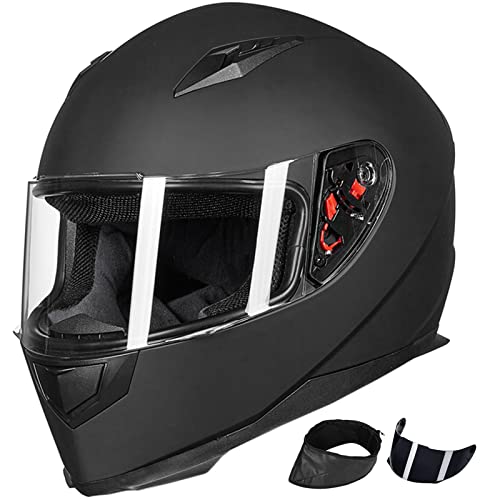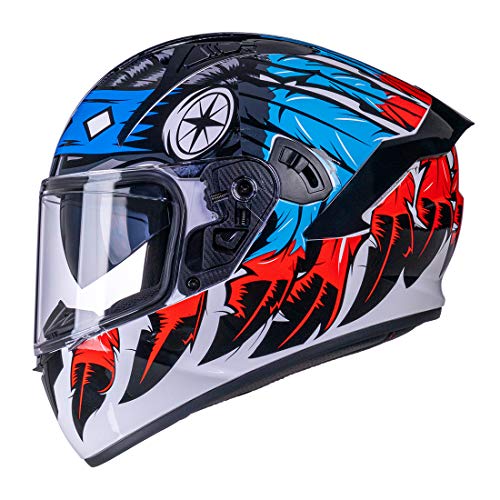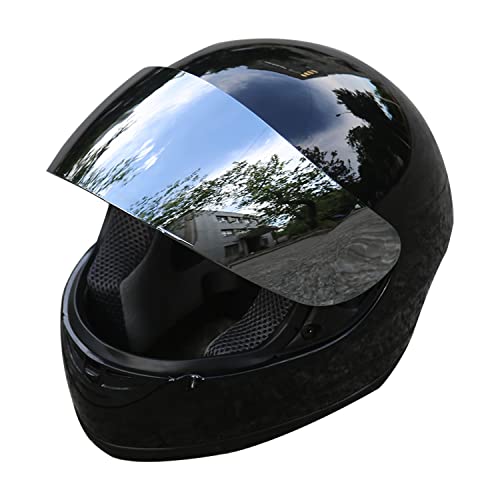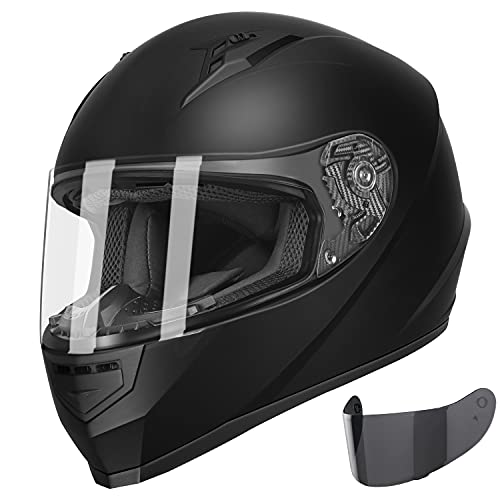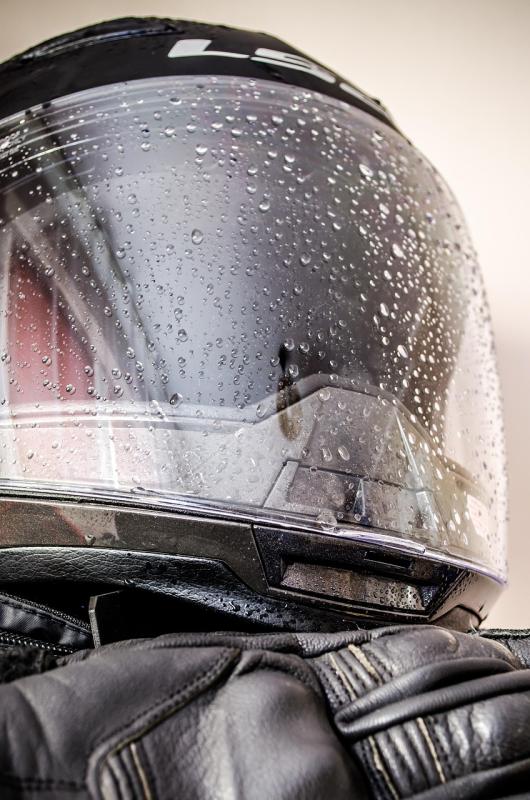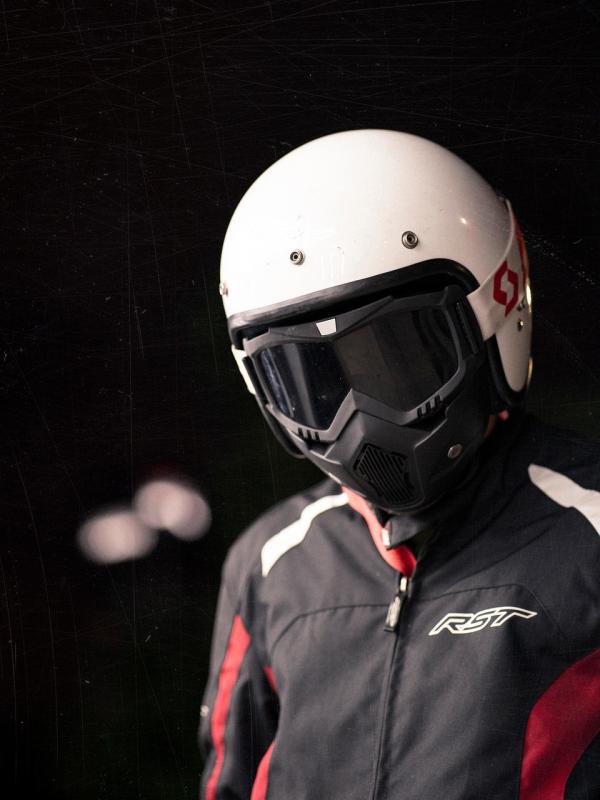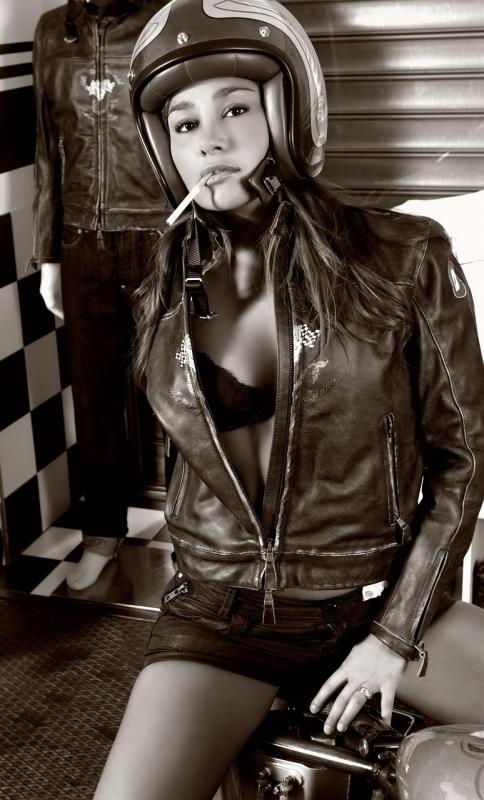When you're checking out helmets for your ride, there are some key features to keep an eye on. This is all about keeping you safe and comfortable. Here’s a breakdown of the must-have features that should be on your radar as you dive into this Motorcycle Helmet Buying Guide.
Safety Ratings: First things first, safety should top your list. Look for helmets that meet DOT (Department of Transportation) and ECE (Economic Commission for Europe) standards. These ratings mean the helmet has been tested and proven to protect you in case of a crash. Don’t just grab the shiniest helmet; check those tags!
Fit and Comfort: A helmet can be super safe but if it doesn’t fit right, it won’t do you any good. Trying it on is the best way to know. It should feel snug but not tight, and there shouldn’t be any painful pressure points. Think about the shape of your head too! Some helmets work better for round heads, while others are better for oval shapes.
Weight: You don’t want something that's going to feel like a rock on your head. Light helmets are usually more comfortable and you can wear them for longer rides without straining your neck. Check the specs to find a balance between weight and safety.
Ventilation: Riding can get hot, especially on sunny days. Good ventilation helps keep you cool and comfortable. Look for helmets with vents that you can open and close easily, to manage airflow as you ride. Your comfort matters, and feeling breezy on the road is a bonus!
Types of Motorcycle Helmets
When diving into the world of motorcycle helmets, you’ll notice there are a few different types, each designed for specific riding styles and preferences. This part of the Motorcycle Helmet Buying Guide will help you understand the options out there so you can pick the right one for your rides.
Full-Face Helmets
If you want complete protection, full-face helmets are a solid choice. They cover your entire head, including your chin and face. These helmets are great for street riders and sportbike enthusiasts. The face shield gives you extra protection from wind and debris, and they often come with features like anti-fog coatings. Just be ready to have a slightly warmer ride, as full coverage can trap some heat.
Open-Face Helmets
Open-face helmets are all about freedom. They cover your head and sides but leave your face exposed. This style is perfect for cruisers who enjoy that open-air feel. Plus, they’re lighter and provide good peripheral vision. Just keep in mind that you might want to add some goggles or a pair of sunglasses since your face gets more wind and bugs!
Modular Helmets
Modular helmets combine the best of both worlds. They can be used as full-face helmets but have a hinge that lets you flip up the chin bar. This makes them super versatile for riders who want the option to chat without taking off their helmet. They’re great for touring riders who stop frequently and need to stay connected without hassle.
Half Helmets
If you’re craving minimal coverage and love that vintage vibe, half helmets are your go-to. They sit low on the skull and offer limited protection, mostly designed for short trips or casual riders. While they’re lightweight and let you feel the breeze, you give up some safety features, so think twice if you plan on hitting highways or faster roads.
Castle X CX200 Liberty Dual Sport Helmet - Large
Experience comfort and protection on your adventures with the Castle X CX200 Liberty Dual Sport Helmet
Product information
$179.99
Product Review Score
4.34 out of 5 stars
114 reviewsProduct links
Fit and Comfort Advice
Finding the right fit for a motorcycle helmet is super important. A helmet that doesn't fit well can be uncomfortable and even dangerous. In this Motorcycle Helmet Buying Guide, we're diving into what you need to know to get the perfect fit.
First off, measure your head. Use a flexible measuring tape and wrap it around the widest part of your head, just above your eyebrows. This gives you the right size to look for. Most helmets come in sizes like small, medium, large, and extra-large. Don't forget to check the manufacturer’s sizing chart because sizes can vary between brands.
Once you have a helmet, try it on. It should feel snug all around without pushing too hard on your forehead. Check for pressure points, especially around the temples and the back of your head. You shouldn’t have any pain after wearing it for a bit. If you do, it’s not the right helmet for you.
If you're going for a full-face helmet, make sure the visor sits comfortably against your face and that you can see clearly out of it. For open-face models, check that it offers good protection while still being comfortable to wear. Remember, comfort is key for those longer rides!
Plus, don’t forget about padding and ventilation. Look for removable liners that you can wash and breathable materials that keep you cool. Good airflow can make all the difference on hot days. In this Motorcycle Helmet Buying Guide, comfort and fit are not just about safety; they can turn a ride from good to amazing.
HJC DS-X1 Synergy Dual Sport Motorcycle Helmet
Experience comfort and style on and off the road with the HJC DS-X1 Synergy Dual Sport Motorcycle Helmet
Product information
$208.59
Product Review Score
4.52 out of 5 stars
33 reviewsProduct links
Safety Ratings Explained
When shopping for a helmet, safety ratings are a big deal. They tell you how well a helmet performs in crash tests and how well it can protect your noggin. The most common safety ratings you'll come across are the DOT, ECE, and Snell certifications. Each one has its own testing methods and standards, so it’s good to know what they mean.
The DOT, or Department of Transportation, rating is mandatory in the U.S. It means the helmet meets basic safety standards. If you see this label, you can ride with peace of mind knowing it’s legally safe for use on the road.
Next up is the ECE, which stands for Economic Commission for Europe. This rating is more rigorous than DOT. Helmets with this badge often provide better protection since they go through more extensive impact tests. If you're after a helmet that's likely to handle serious impacts better, ECE-rated options are a strong choice.
Finally, there’s the Snell rating. This one is voluntary but is often seen as the gold standard for safety among serious riders. Snell helmets go through even tougher testing scenarios, which means they might offer extra protection. If safety is your top priority, a Snell-rated helmet might be the way to go.
Understanding these safety ratings is key as you dive into the Motorcycle Helmet Buying Guide. They help you make an informed choice about which helmet can best protect you on your rides. Always look for these certifications to ensure you're getting a quality product that delivers on safety.
